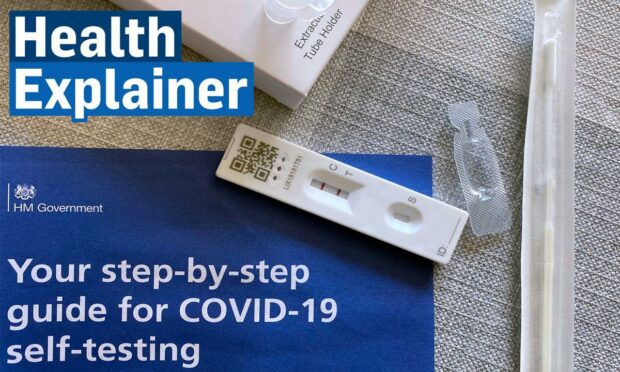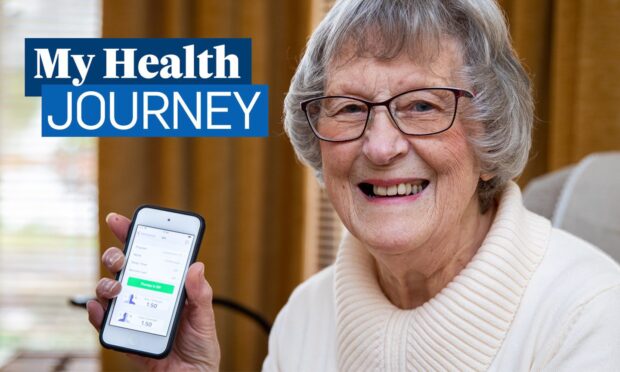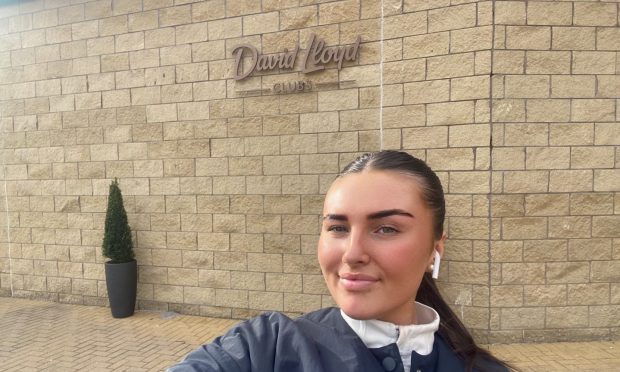Testing has played an important role throughout the pandemic and has helped limit the spread of the virus.
Current Scottish government advice says we should be lateral flow testing twice a week.
But do these rules apply if you’ve recently had Covid? How long will it be until you start testing negative?
When should you resume testing after having the virus? And what if you need to show a negative test for travel?
We’re answering all your questions on testing after having Covid-19.
Do I have to lateral flow test after I’ve had Covid?
It’s well-documented now that you can continue to test positive after having Covid.
You may continue to test positive after your 10-day isolation period, but you can leave your home and return to normal life despite this.
The NHS advises testing twice a week following your self-isolation.
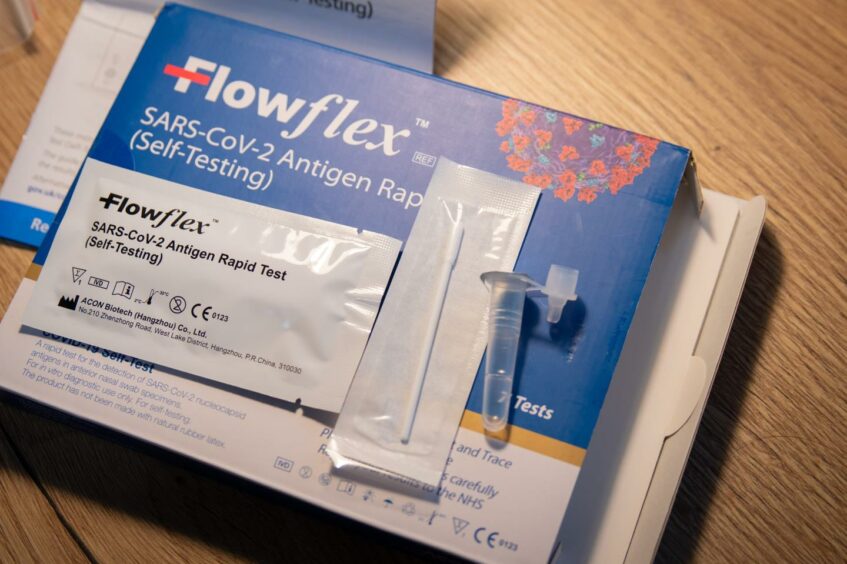
But if you’re testing positive from residual virus left over from your infection, what’s the point in lateral flow testing?
Well, if you regularly complete lateral flow tests (LFDs), you’ll be able to spot when you eventually begin to test negative.
If you’re consistently testing negative and then test positive further down the line, you’re more likely to be able to spot a new infection, instead of just assuming you’re still testing positive from the previous one.
When will I start testing negative?
Most people will stop testing positive either during or shortly after their 10-day isolation period, but some will continue to test positive for some time afterwards.
But the good news is, if you’re testing positive after 10 days, you’re highly unlikely to be contagious.
The timeframe you’ll keep testing positive for depends on how severe your case of Covid was and the type of test you take.
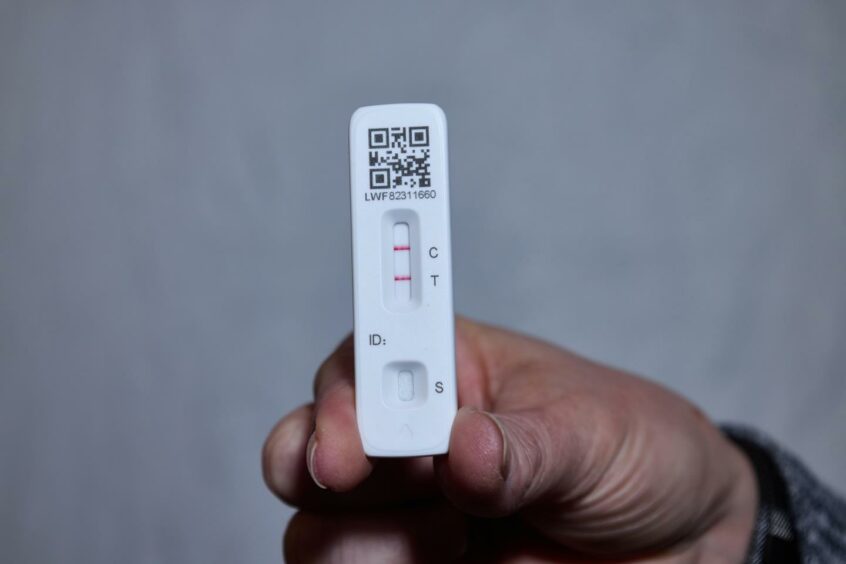 According to the NHS, if you’ve tested positive, you should pause routine LFD testing for 28 days after self-isolating.
According to the NHS, if you’ve tested positive, you should pause routine LFD testing for 28 days after self-isolating.
You should count the 28 days from the day your symptoms started, or the date of your positive test if you didn’t have symptoms.
After the 28 days, you can resume regular testing, though it’s possible you may continue to test positive despite not being infectious.
Should I get a PCR test to confirm I’m negative?
PCR tests are more sensitive than LFDs, so if you’re testing positive on a lateral flow, a PCR is unlikely to return a negative result.
What should I do if I’m travelling and need to prove I’m negative?
Firstly, you should check what the exact requirements are to enter the country you plan to visit.
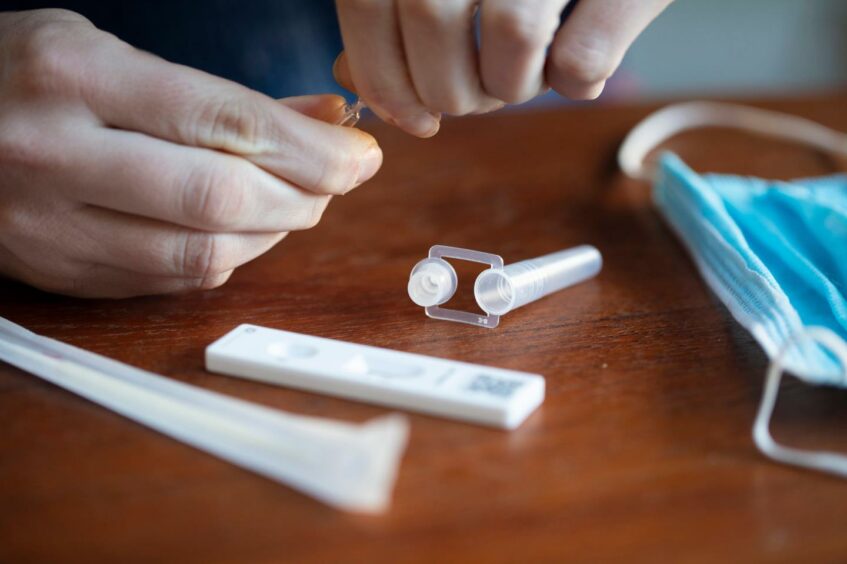
Some countries might accept proof of previous Covid-19 infection. This could take the form of:
- A positive PCR result on the NHS Scotland Covid Status app
- A positive PCR result text or email
You must ensure you provide proof of recent infection in a way that is acceptable to the country you are visiting.
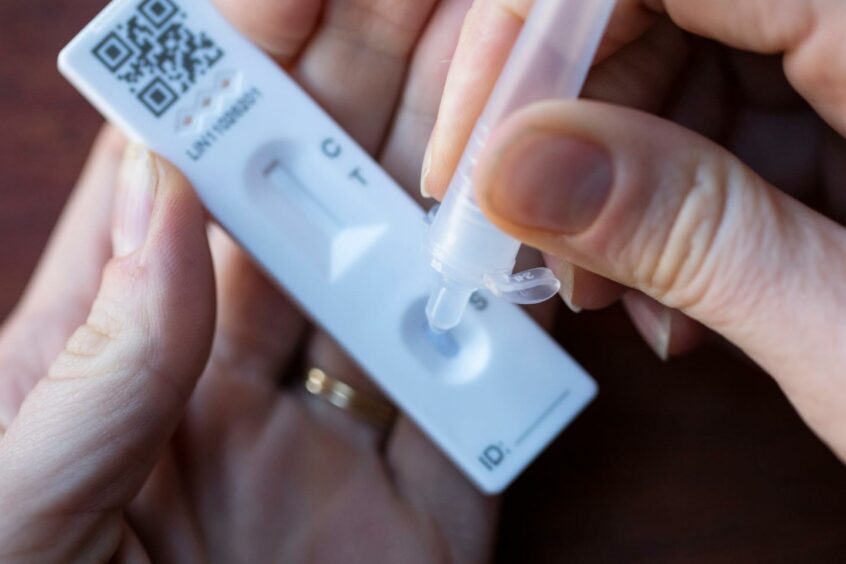
If you know you are due to travel soon, it’s a good idea to get a PCR test when your symptoms begin, or after testing positive on a LFD, so you have proof of a recent positive result.
- For more information and advice on Covid see our Health Explainers here.
